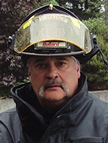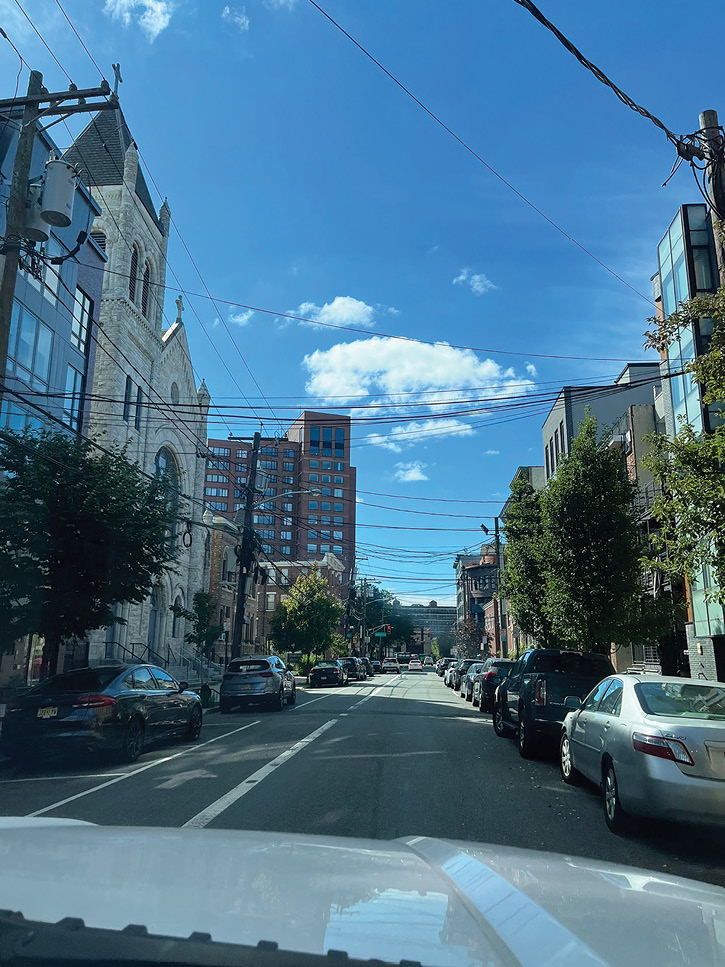Thermal imagers (TIs) have evolved so much over the years and are used by many agencies for different applications. The fire service has been using them to provide for better safety and to also help improve customer service within their respective communities besides just for firefighting.

This month, I want to break down some outdoor applications that pertain to fire service use of TIs and how you can improve some efficiencies.
ASSISTING OTHER AGENCIES
In my experience, law enforcement agencies are envious of the fire services because of all the cool tools they get to work with, which include TIs’ use for missing persons, which could stem from a runaway and hiding 6-year-old or for a missing senior citizen Alzheimer’s patient from the local home.
MOTOR VEHICLE INCIDENTS
What about the motor vehicle incident you are responding to that has signs of multiple patients or missing or possibly ejected occupants by the visible heat signature(s) still found in the seats? Using a TI can also help with accident reconstruction investigations by seeing invisible skid marks because of the antilock braking systems in motor vehicles.
But, what if there are no skid marks visible via a TI? What happened to the driver—perhaps he fell asleep, suffered from a medical emergency, or passed out from some other means? Wouldn’t the mechanism of injuries be greater because of a vehicle not braking as impact was at a higher rate of speed? This is nice information for the EMS crews to be aware of.

1 Overhead power lines can create challenges for positioning aerial apparatus. (Photos courtesy of Bullard.)
WATER RESCUE
Using a TI can help with shore-based or marine units searching for victims in the water. Note that infrared will not penetrate under water or work under water, so searching for a victim who is submerged beneath the surface will not work—above surface rescue only. Consider water temperatures and how long the victim has been in the water, which can provide many challenges for either a successful rescue or a recovery.
APPARATUS PLACEMENT
In limited or near visible lighting conditions, use the TI to help identify potential hazards such as overhead wires, poles with transformers, or outer and perhaps locked perimeter security fences when safely positioning apparatus or aerial apparatus or even using extension ladders.
EXTERIOR STREAM PLACEMENT
Use a TI for positioning exterior master streams when firefighters cannot see because of extreme smoky conditions. Even using a TI in the aerial apparatus provides another advantage from an elevated platform for observations such as structural integrity, exposure protection, and proper and adequate stream placement.
URBAN SEARCH AND RESCUE OPERATIONS
The devastation caused by hurricanes and tornadoes and from major flooded buildings presents other opportunities to use a TI to help look for victims in collapsed or void spaces. The TI user should understand that a victim’s image in a void space could be displayed as black, gray, or white, depending on the atmosphere and the condition of the victim.
EXPOSURE PROTECTION
Use a TI to help place hoselines for exposure protection during a fire; the TI will show the areas and amount of heat impinging from a distance. Nearby buildings, hazardous materials barrels, propane tanks, and heating fuel tanks are just a few areas for concern.

2 Two upright propane tanks with visible vapor space.
HAZARDOUS MATERIALS INCIDENTS
Use a TI to see potential tank liquid levels, vapor spaces, and vapor releases. Perform a full 360-degree size-up, as the angles of view could give different images on the TI, especially if material has been removed or added that may show inconclusive imaging results.
Be aware that insulated or double-walled vessels or tanks will not show any product levels because of their insulation factor.
REHABILITATION PURPOSES
The safety or accountability officer can use a TI to monitor the conditions of firefighters as they exit the fire scene. Compare individual firefighters that have performed the same task as overheated firefighters. They will show up as much lighter/brighter or whiter in comparison. Start at the head and helmet level, as that is the highest part of the firefighter, and work your way down the outer personal protective equipment. If they are glowing, send them to rehab.
There are many applications for TIs for which they can be extremely useful but, unfortunately, they do not get used enough—perhaps from lack of knowledge. From interior operations to exterior incidents, a TI should always be readily available and used to its fullest potential.
MANFRED KIHN is a 19-year veteran of the fire service, having served as an ambulance officer, emergency services specialist, firefighter, captain, and fire chief. He has been a member of Bullard’s Emergency Responder team since 2005 and is the company’s fire training specialist for thermal imaging technology. He is certified through the Law Enforcement Thermographers’ Association (LETA) as a thermal imaging instructor and is a recipient of the Ontario Medal for Firefighters Bravery. If you have questions about thermal imaging, e-mail him at Manfred_kihn@bullard.com.

